The applicability of virtual reality (VR) in risk prevention training is reflected in exercises such as fire extinguishing. VR recreates real-life scenarios and situations through simulations, allowing users to experience them first-hand. What are the benefits of training in the use of fire extinguishers with virtual reality?
How to use a fire extinguisher, step by step
- Grab the fire extinguisher (choose the correct one if there are multiple options).
- Check the pressure gauge (if available).
- Shake it, in the case of ABC and D types.
- Remove the safety pin.
- Perform a test shot.
- Position yourself correctly with respect to the wind.
- Attack the base of the fire with zigzag movements.
- Extinguish the fire (being careful with the chosen agent, for example, in the presence of electricity).
- Gradually move away without losing sight of the fire source.
Advantages of providing fire extinguisher training with virtual reality
Using virtual reality in fire extinguisher training offers several benefits. It promotes realistic and immersive training, allows training in multiple scenarios, and addresses different types of fires. Here are some advantages of implementing this technology:
Conduct realistic and immersive training with VR
Simulations of fire extinguisher use with virtual reality allow trainers to conduct immersive and dynamic training. In these simulations, workers face a realistic fire situation in a first-person perspective and learn to react appropriately.
These exercises can be used to explain and practice the correct procedures for combating different types of fires, step by step.
The technology also allows users to make mistakes and experience virtual accidents. This allows workers to first-handly understand the consequences of incorrect fire extinguisher use. According to a study by PWC, those who learn with VR are up to 3.75 times more emotionally connected to the educational content.
Multiple scenarios with different types of fires
Thanks to virtual reality, employees can train in the use of fire extinguishers in different realistic scenarios. They can practice the procedures and face various virtual risks without endangering their safety. The variability of environments and situations is one of the major strengths of this technology.
Additionally, depending on each scenario, different types of fires may occur. For example, a warehouse will have different types of fires compared to a kitchen with a flaming pan. In cases with multiple possibilities, the trainer can choose the type of fire for the exercise.
Here are some training scenarios that can be found in a fire extinguisher simulation with virtual reality:
- Warehouse: This scenario may involve fires of types A, B, and D.
- Residence: The types of fires in this case would be A, C, and F.
- Office: Type A.
- Outdoor: Types A and B.
Choosing among different fire extinguishers for each fire
One of the main objectives of fire extinguisher simulations is to learn to choose the appropriate extinguishing agent for each situation. This is another possibility offered by virtual reality since physically training with various types of extinguishers can be more challenging.
In addition to learning to use the correct fire extinguisher, users may have to choose between multiple options. If they make a mistake and use the wrong extinguishing agent, they may experience virtual accidents and burns.
Depending on the different types of fires they encounter, students can opt for several extinguishing agents:
- ABC Powder: Types A, B, and C.
- Water: Type A.
- AFFF Sprayed Water: Types A, B, and F.
- AFFF Foam: Types A and B.
- CO2: Type B and electrical (extinguishes by suffocation, but there may be some risk of displacing oxygen indoors).
- Metal-specific: Type D.
Saving on fire extinguisher refills
Another tangible benefit of training in the use of fire extinguishers with virtual reality is the cost-saving in extinguisher refills. By not having to empty physical extinguishers during training sessions, companies save the expense of refilling them afterwards.
In cases where practical training with a real extinguisher is mandatory, virtual reality allows workers to prepare for it. This enables them to perform the practice in less time and more effectively.
The reduction of environmental impact through training in the use of fire extinguishers with virtual reality
This is another advantage that goes hand in hand with the previous one. When training is conducted virtually, there is no need to ignite a real fire.
When a fire is ignited, a certain amount of CO2 is released into the atmosphere. This is why large fires are an environmental disaster. With virtual reality, this entire impact is counteracted as employees can practice facing a simulated fire.
Similarly, in cases where it is mandatory to ignite a real fire for the practice, the environmental impact will be reduced. Workers will be better prepared to extinguish that real fire in less time, resulting in lower emissions.
Ludus' simulation of fire extinguishing with virtual reality offers trainers a new way to train in fire suppression. In addition to the rest of the equipment, as part of the simple implementation process, Ludus provides clients with an adapted extinguisher.
This is a real, empty apparatus with supports for virtual reality controls. It adds realism to the experience as students practice in the simulation while holding a physical extinguisher.
---------------------------------------------------------------------------
Would you like to implement Ludus' Virtual Reality in your health and safety training?
Fill out this form to receive information about the options best suited to your company's needs.


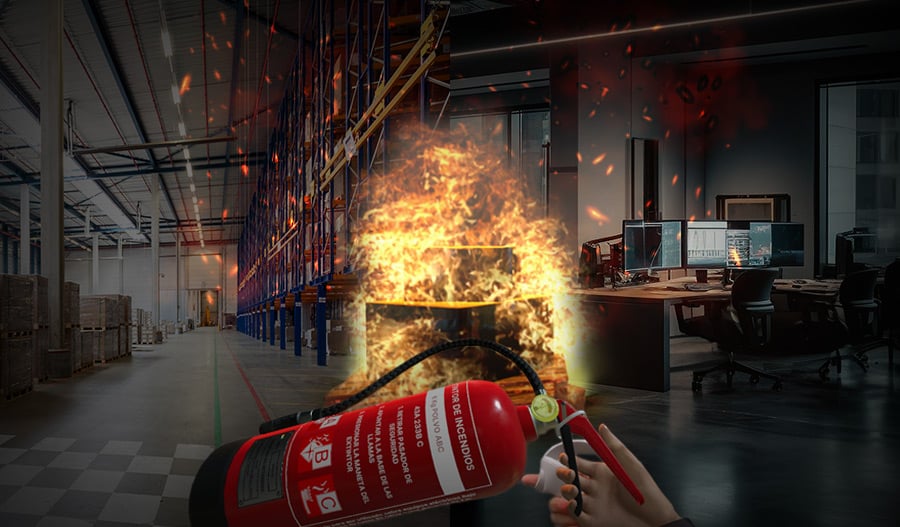
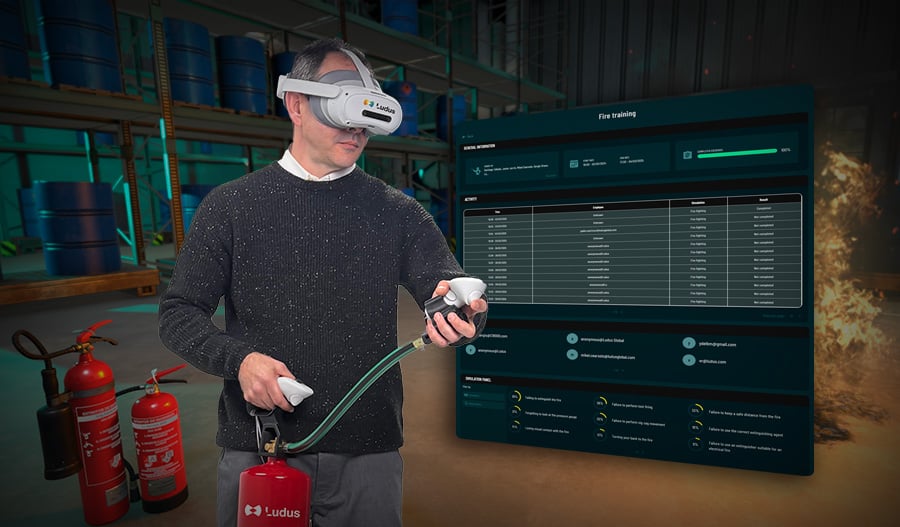
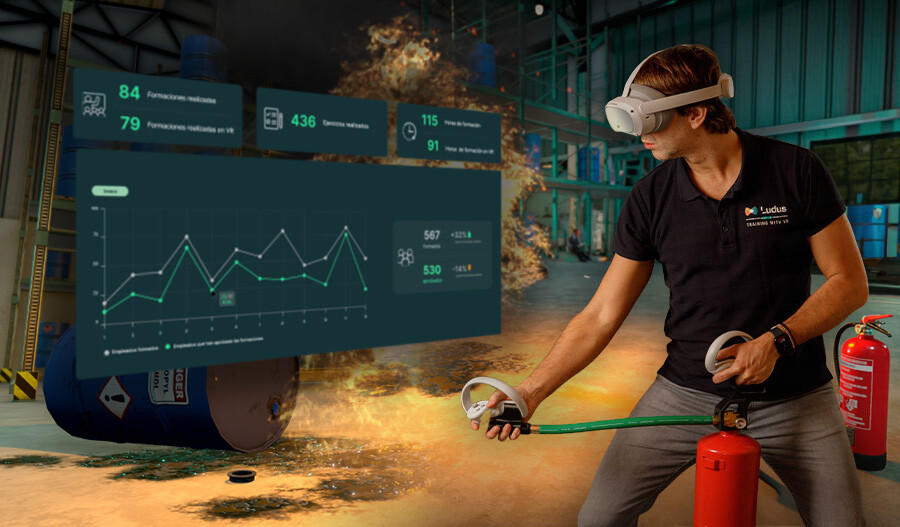

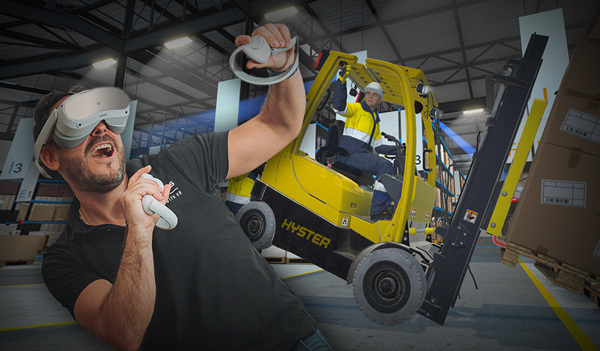
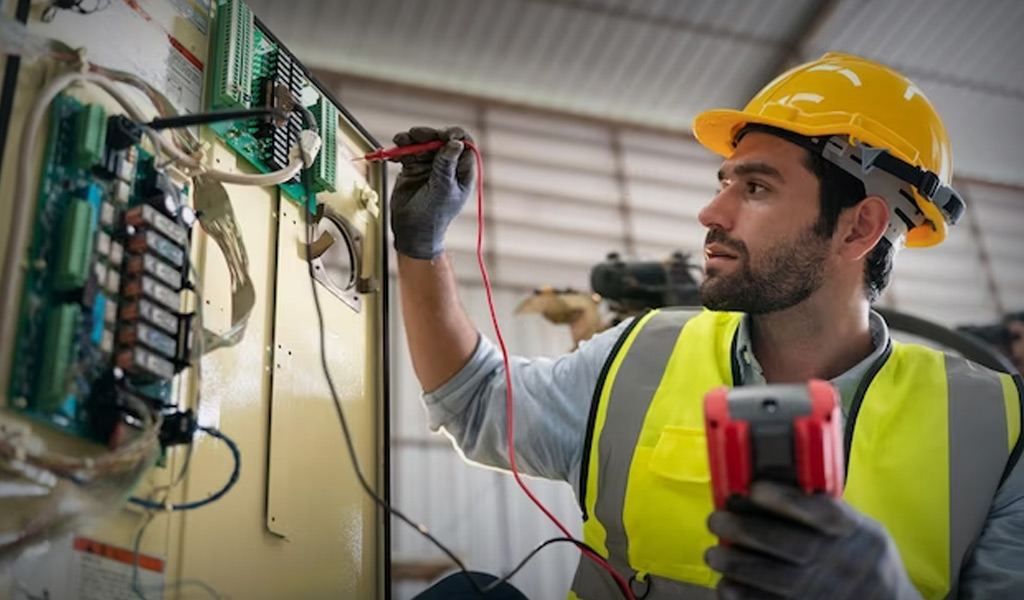
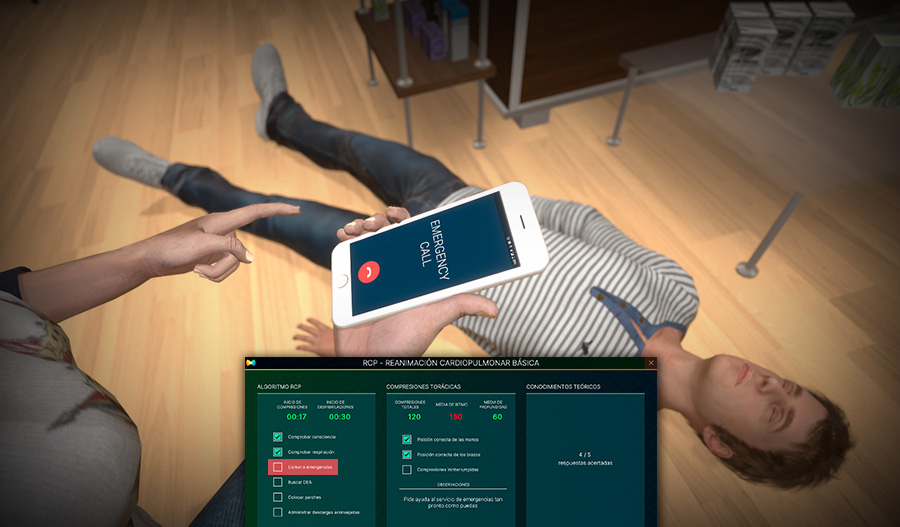
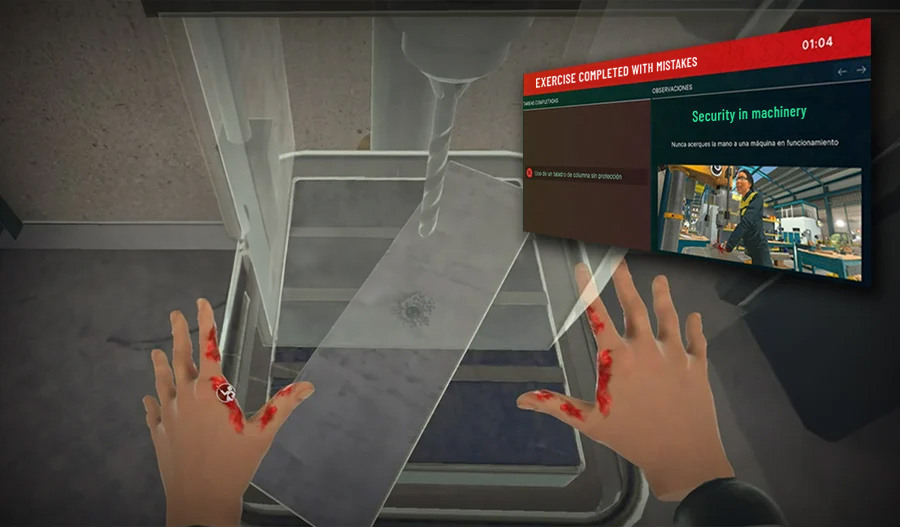

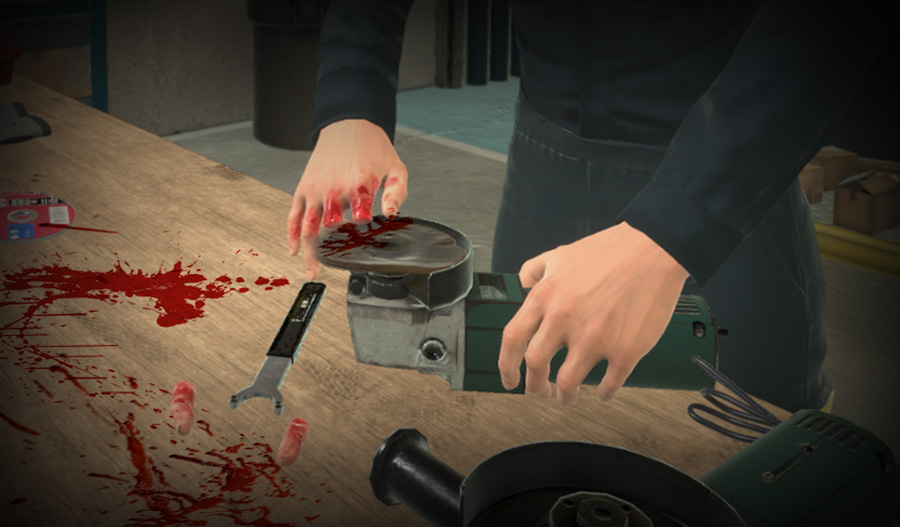
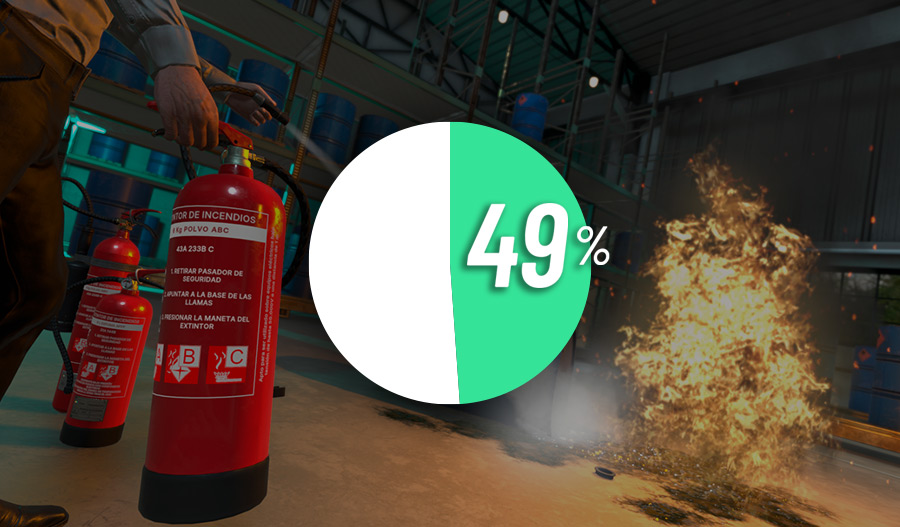
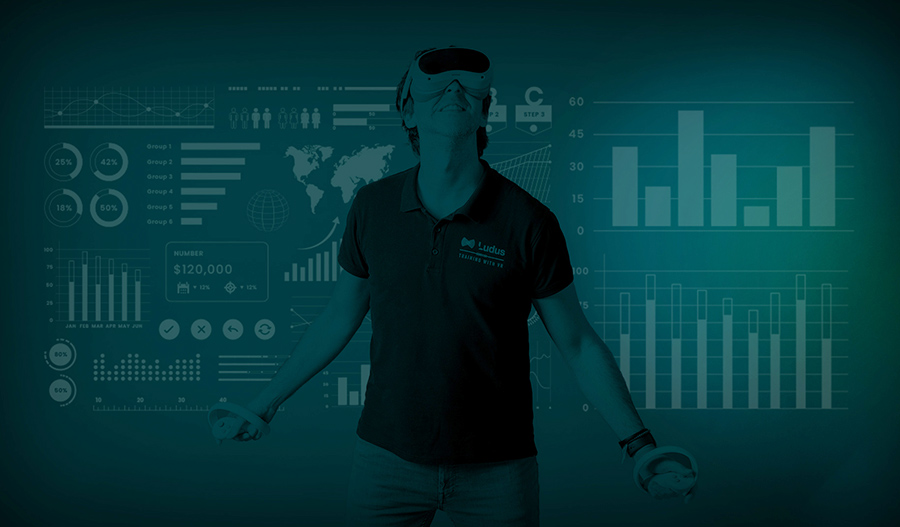
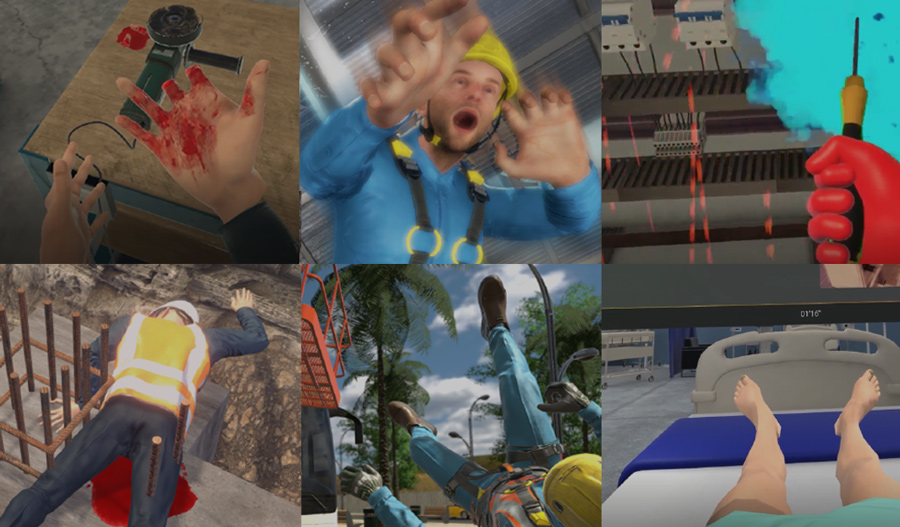
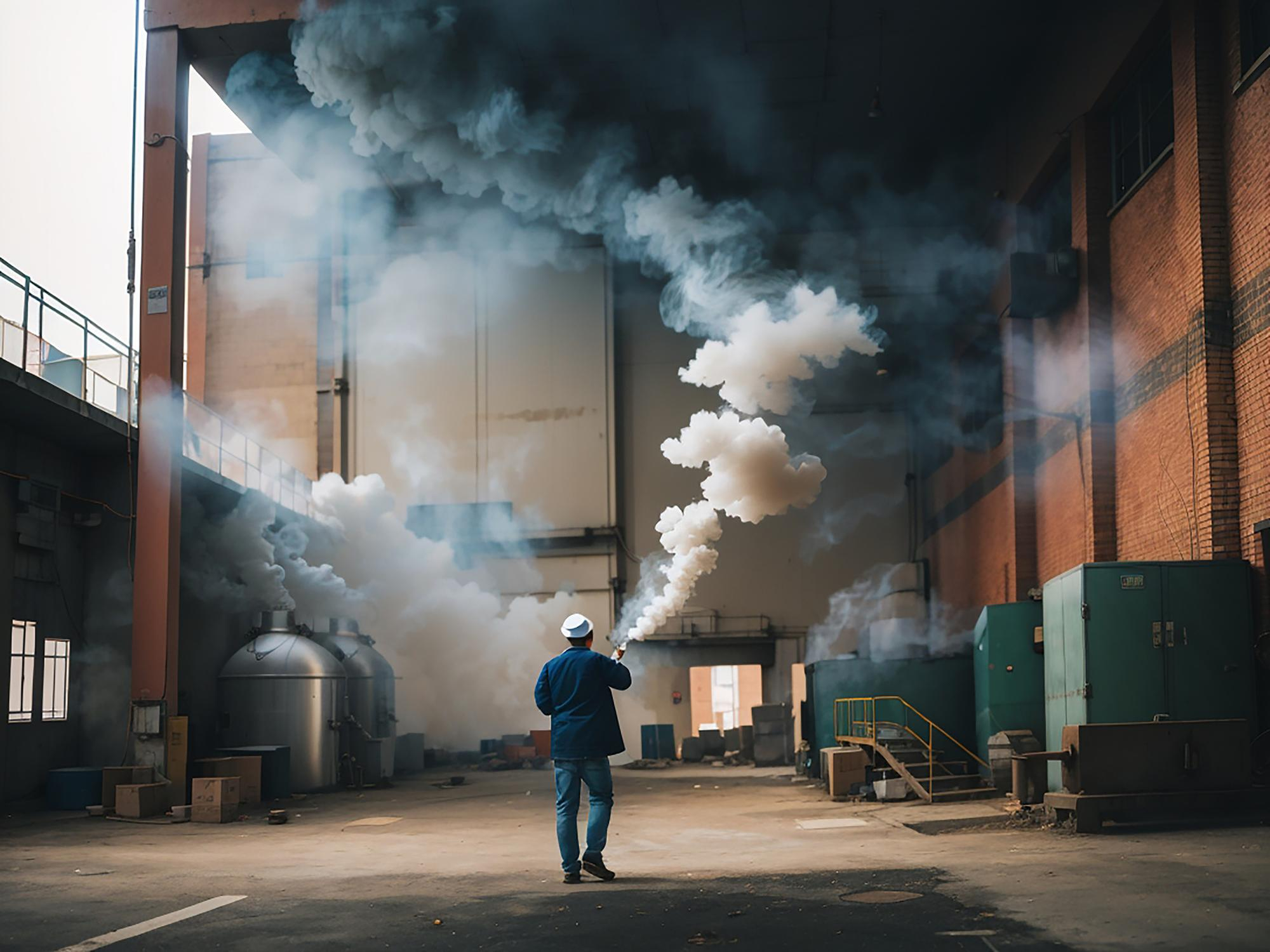
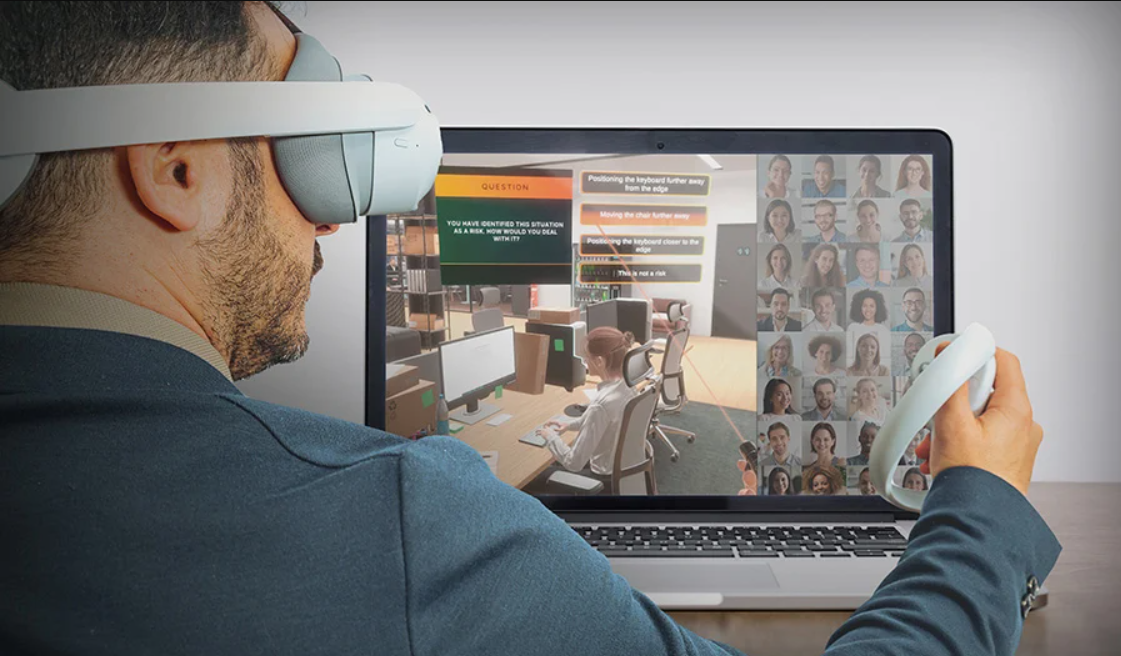
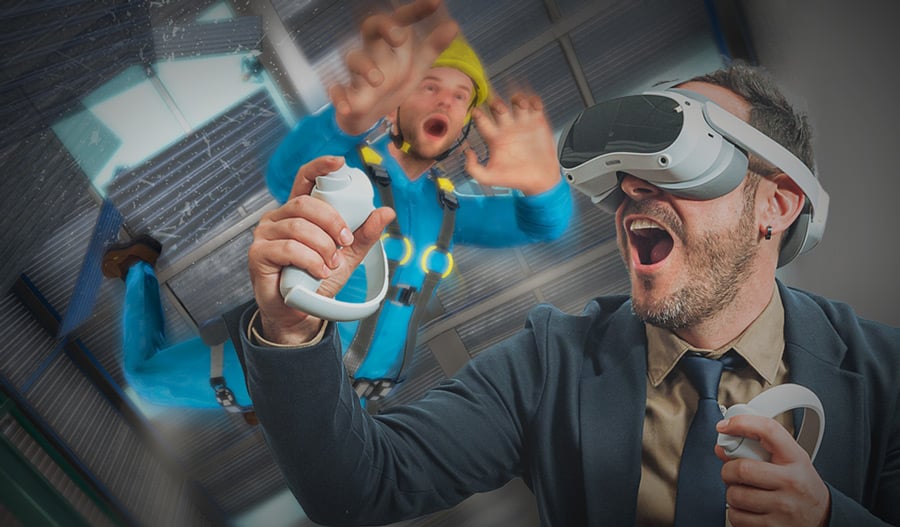
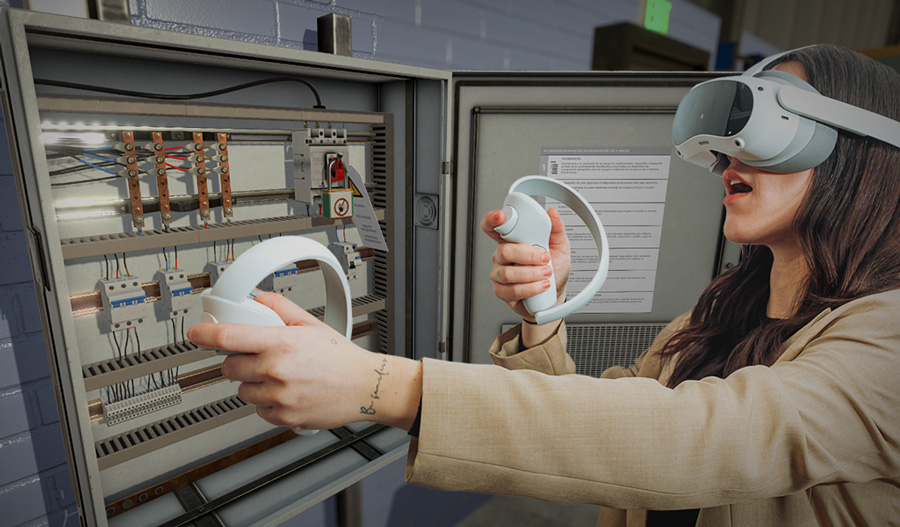
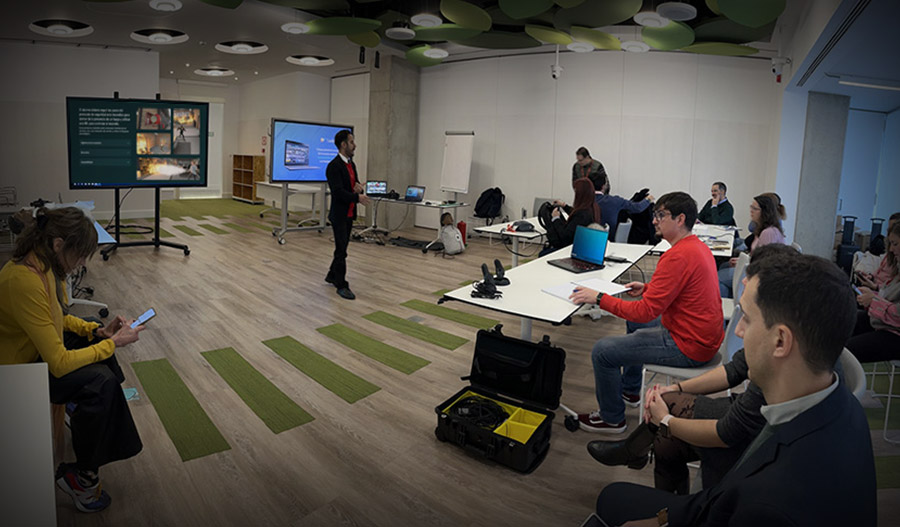
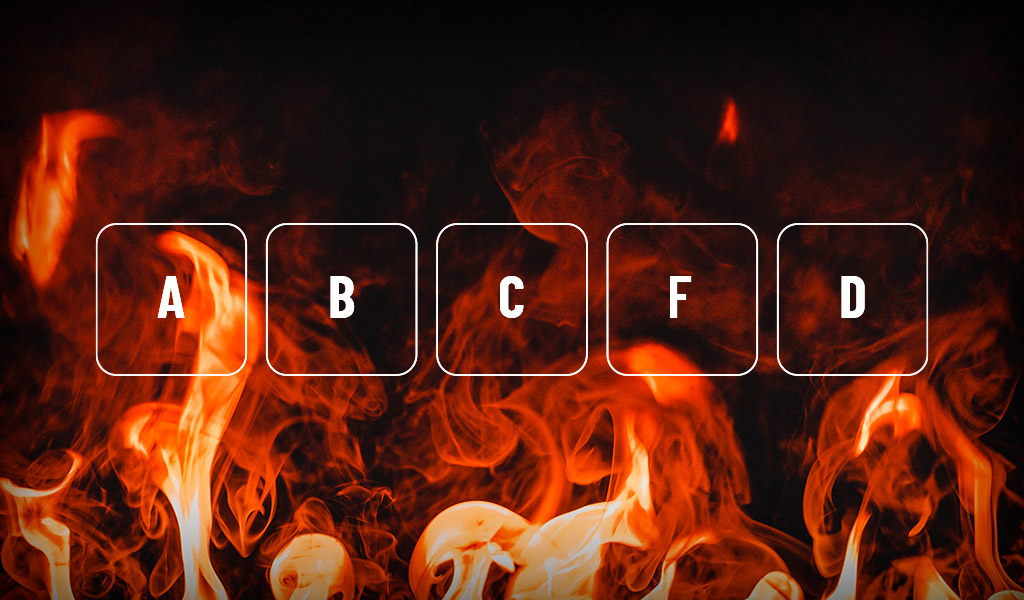
.jpg)